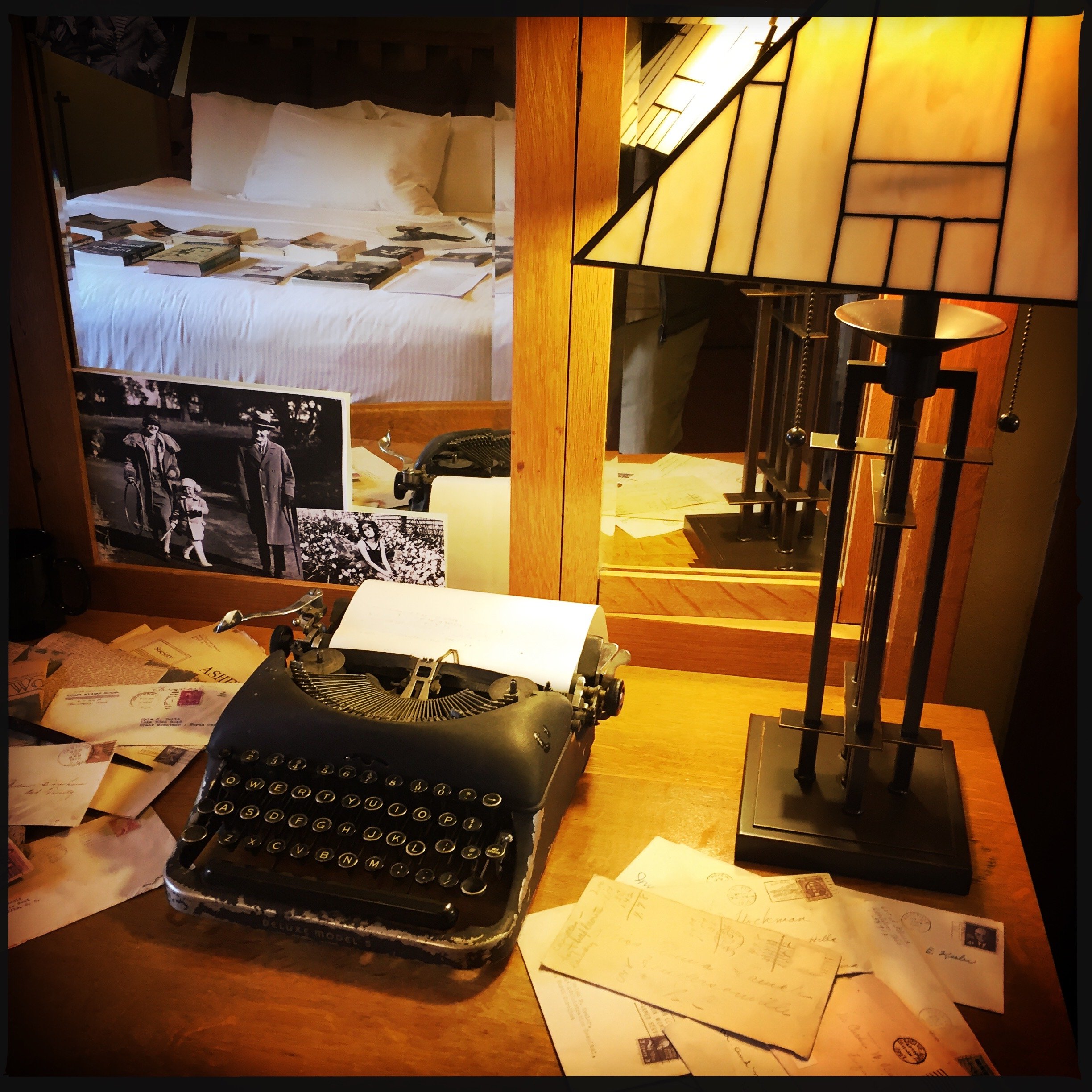This time of year gets me thinking about seasonal buying patterns. We live in a tourist town and I notice that tourists drop off in September and return in force in October. It’s as if the shock of the school year is just too much for mom and dad. They need to completely withdraw from public life for a month to deal with making lunch, getting kids up, and getting them hooked on extracurricular activities. But then, what? They get four weeks under their belts and they’re out in force at the drop of the first leaf?
How does that impact books sales? Damned if I know.
I use Novelrank to track my sales across the board, saving my Novelrank RSS to Google Reader. So now I know what Amazon is selling of mine almost to the hour, or whenever Novelrank updates. It’s sobering. I didn’t used to check my ebook sales everyday because they’ve been so piss-poor. Now I see their sales (or rather the lack of them) every time I log into Google Reader. I’m not sure it’s a good thing.
But it is interesting to see the fluctuations. Certain books sell well on weekends; others Tuesdays. I know that the secret hand of Amazon weighs heavily in this equation but it’s still fascinating to behold. My ebooks were up in September, my trad books down. The reverse is the case for October.
What the hell are you people doing?
Did you surf and buy ebooks during your September hibernation but you saved your dollars for impulse buys of “real” books in October? Are teachers suddenly figuring out that they need stuff for class in October as opposed to September? Is that why they bought my math and picture books in droves in October but not in September?
I don’t know.
One thing we discovered when we do book signings is how easy it is to trigger people to buy. Seriously, it’s easier to sell six books than it is to sell one. No one wants to buy when no one’s at your table. But if you’ve got three people hovering around the table, you are likely to get three more people come over. Once one person asks you to sign a book, five others want you to do the same.
Granted, I don’t think this is a universally human impulse, but I do think it’s universally American. Americans must be the most easily triggered buyers on the planet. They want whatever everyone else is buying. Amazon’s figured that out. I’ll bet a lot of business owners never do.
Also in October:
* I’ve been working on two ghostwriting books this month. Both have reached the copy-edited stage and we’ve seen covers from the publishers. The clients seem happy, if a little nervous. Everyone always gets nervous at this point in the process, when they realize that their words are going to be read by the world. There’s an instinct to retrench, to delete what might be construed as inflammatory.
* I’ve finished a second draft of The Marshal of the Borgo. Happy with it but still tinkering with the voice. I set it aside to deal with my work-work projects, work on a couple of short pieces, and fine-tune a collection I hope to publish before the end of the year.
* Discovered I can read mags on my phone. Not optimal, but it beats reading them on my B/W Kindle.
* Denise got her galleys and her ARCs this month for The Girls of Atomic City. The galleys go to long-lead magazines, the nicer ARCs will be sent to booksellers and used for giveaways.












